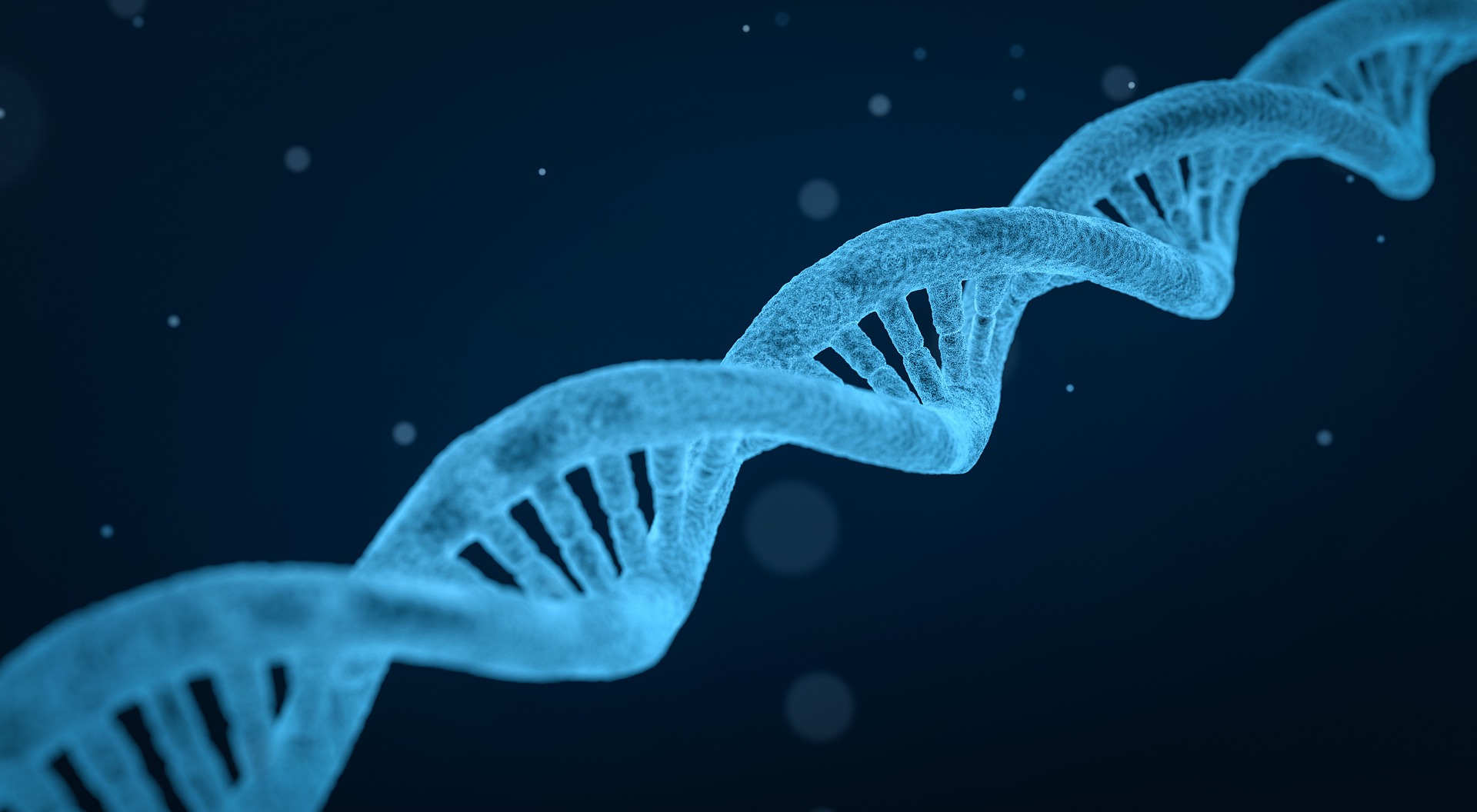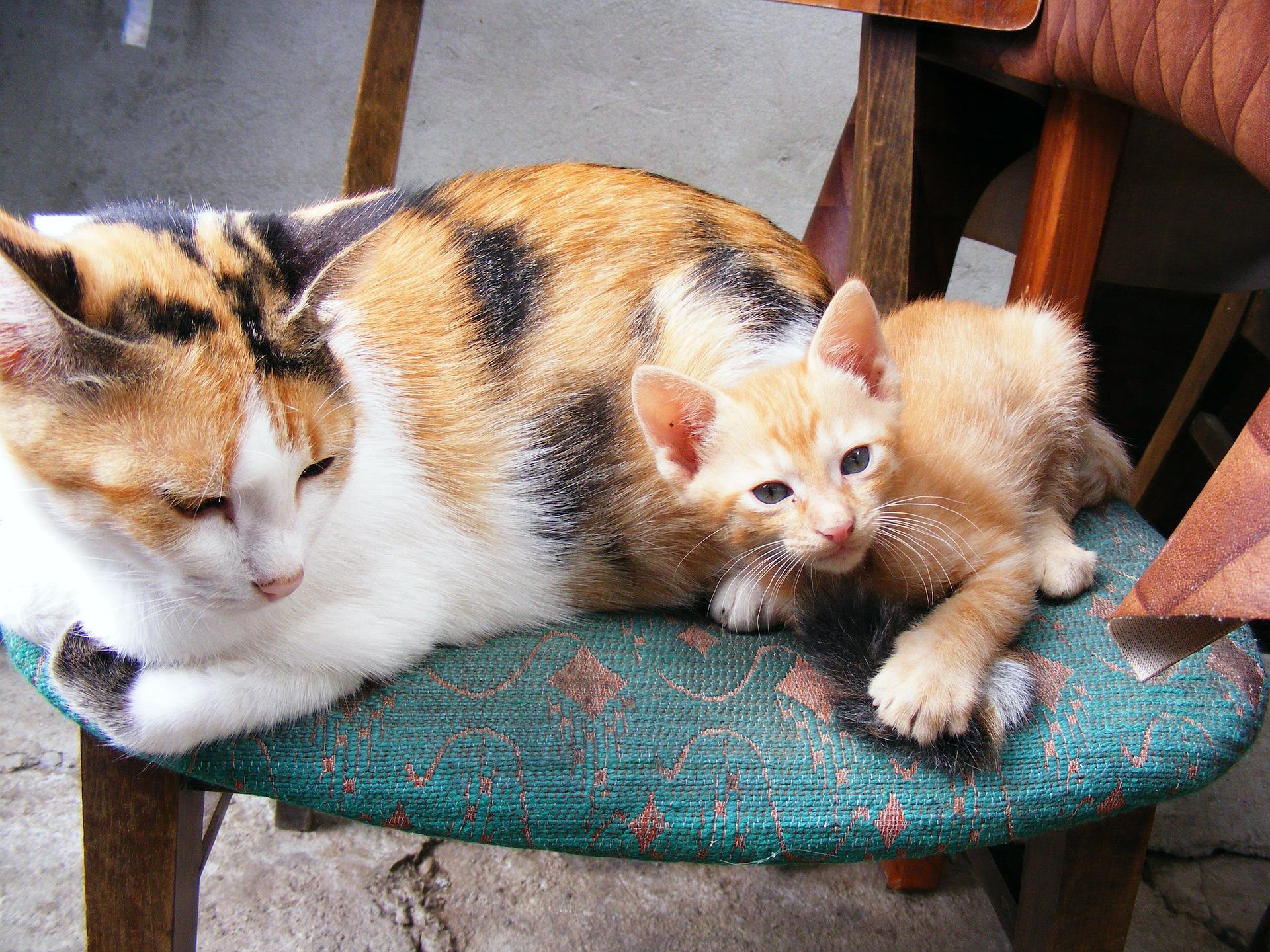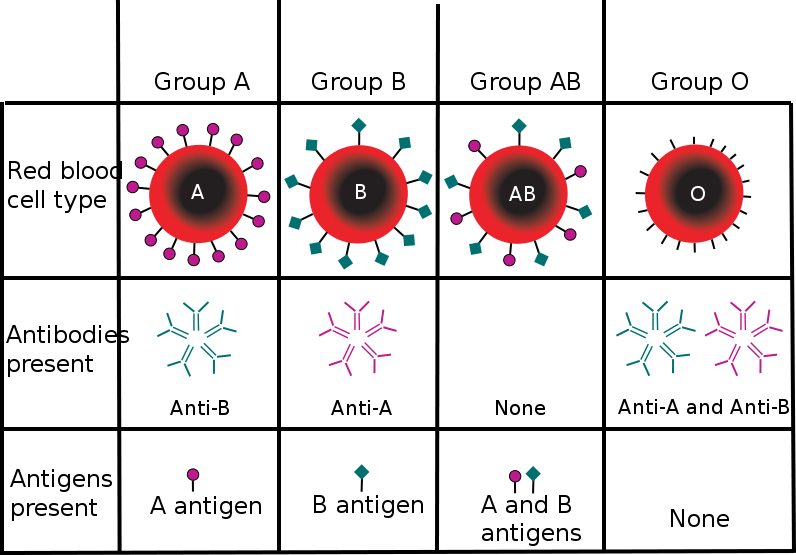
StudySmarter: Study help & AI tools
4.5 • +22k Ratings
More than 22 Million Downloads
Free



Lerne mit deinen Freunden und bleibe auf dem richtigen Kurs mit deinen persönlichen Lernstatistiken
Jetzt kostenlos anmeldenHumans consistently pass things on to the next generation, whether they be histories, languages, foods, or traditions. Humans also pass on heritable material to future generations, in a process known as heredity.
Genetics covers the study of heredity. A gene can code for a specific trait and is a unit of heredity. That gene is found on a chromosome, where DNA is stored in eukaryotic nuclei. Therefore, DNA is a molecule of heredity (Fig 1).
 Figure 1: DNA molecule. Source: pixabay.com.
Figure 1: DNA molecule. Source: pixabay.com.
Although we now know about genes and their importance, scientists studying heredity one hundred years ago did not have this knowledge. Original studies of heredity took place without the knowledge of what a gene was, including Gregor Mendel’s pea plant experiments which he used to study heredity in the mid-1800s. Still, it was not until the 1950s that we understood that DNA was heritable material. Thanks to several experiments by Franklin, Watson, Crick, and others, we now know the true key to understanding heredity.
Our understanding of heredity allows us to learn new facts about our origins. Half of your chromosomes come from your mom, and the remaining half from your dad. Some genes may be expressed as traits. Since your genome is not identical to your parents (you get one copy of each), the expression of the traits you inherit from your parents might be different. For example, your parents might both have brown eyes, while you have blue eyes. That doesn’t mean that your parents aren’t your parents: it’s just that some variants for an (eye color) gene are “stronger” (dominant) than others (recessive). These variations are called alleles.
Homozygous means there are two of the same alleles.
Heterozygous means there are two different alleles.
Let’s go back to the example of eye color to help us understand this essential basis of heredity. First, let’s say that the allele for brown eyes is represented by the allele “B” and the allele for blue eyes by the letter “b”. If someone has inherited the two alleles, or variations, of the gene for eye color “Bb”, what color eyes would they have? The research tells us that the allele for brown eyes is dominant, and the allele for blue eyes is recessive (“weaker”), hence why the brown eyes (B) allele is capitalized. So, our subject has brown eyes!
The alleles or genes you inherit are known as your genotype. These genes and environmental factors determine the expressed traits, known as your phenotype. In our previous example, the subject had the genotype “Bb”, (or heterozygous) and the phenotype of brown eyes. A subject with the genotype “BB”, or homozygous for the dominant allele, would also have brown eyes, showing that different genotypes can result in the same phenotype. Only an homozygous individual for the recessive allele (bb) would have blue eyes.
Genotype is the genes or variations (alleles) that an organism has.
Phenotype is an organism’s expressed traits, determined by genes and environmental factors.
As you have learned in biology, concepts are not always clear-cut, and later we will learn about examples that break the dominant-recessive pattern.
But what is heredity?
Heredity refers to passing on traits from parents to their offspring.
Genetic material passes on from parents to offspring when reproduction takes place. Reproduction varies across different groups of organisms. Prokaryotic organisms like archaea and bacteria do not have DNA bound by a nucleus and reproduce via binary fission, a type of asexual reproduction. Eukaryotic organisms like plants and animals reproduce via sexual or asexual reproduction.
We will focus on reproduction in eukaryotes. Sexual reproduction happens when the sex cells (gametes) from two parents of the opposite sex come together to produce a fertilized egg (zygote) (Fig. 2). Sex cells are produced via a process known as meiosis and are different than other cells because they have half the number of chromosomes of a normal cell.
Asexual reproduction occurs when an organism reproduces without the help of another parent, either through cloning itself via mitosis or by the development of an unfertilized egg. This reproduction results in offspring genetically identical to the parent. We know humans cannot reproduce asexually, but many plants and other animals have this ability, including some sharks, lizards, and more!
 Figure 2: Adult cat and kitten as an example of sexual reproduction. Source: Pixabay.com.
Figure 2: Adult cat and kitten as an example of sexual reproduction. Source: Pixabay.com.
Studying heredity is helpful because it allows us to understand how certain traits are inherited and what systems of inheritance can be of more use.
The inheritance of genes via either reproduction method can be successful, but is one system more advantageous than the other? For organisms that can reproduce both ways, their choice mostly depends on environmental factors. Asexual reproduction may be the option when fewer resources are available because it can be more efficient than sexual reproduction in an unfavorable environment. However, sexual reproduction allows for more genetic diversity because offspring have a different genetic makeup than their parents.
This trade-off between producing more offspring faster and producing offspring that have more genetic diversity connects the study of heredity back to the study of evolutionary biology. Certain traits are selected per natural selection, meaning genes are under selection pressure. Having more genetic diversity in a population allows the population to have a higher chance of adapting in the case of a changing environment.
Eye color, height, the color of a flower, or the fur color of your cat: these are all examples of heredity! Remember that these are examples of a phenotype, the expressed trait. The genotype is the genes that code for these features.
Let’s create an example to help us understand more about heredity. Imagine we are looking at a population of rabbits, which vary in two traits: fur length and color. The short fur gene (S) is dominant in rabbits, and the long fur gene (s) is recessive. Black fur (B) is dominant over brown fur (b). Using this framework, we can create a table of possible genotypes and the corresponding phenotypes of the rabbits (Table 1).
| Genotype (Fur length, color) | Phenotype |
| SS, BB | Short, black fur |
| SS, Bb | Short, black fur |
| SS, bb | Short, brown fur |
| Ss, BB | Short, black fur |
| Ss, Bb | Short, black fur |
| Ss, bb | Short, brown fur |
| ss, BB | Long, black fur |
| ss, Bb | Long, black fur |
| ss, bb | Long, brown fur |
Table 1: Table of possible genotypes and the corresponding phenotypes of the rabbits. Hailee Gibadlo, StudySmarter Originals.
Although our population of rabbits can have many different genotypes (9), we see that there are only four different phenotypes in the population, illustrating the difference between genotype and phenotype.
We go into detail about genotypes and phenotypes in the articles on Punnet Squares and Mendelian genetics.
Did you know that even the “type” of blood you have is a product of inheritance? Blood cells carry antigens on the surface that scientists have classified as either A or B antigens or O for no antigens. If we think of A, B, and O as alleles we can understand the inheritance of these genes. We know that O is a recessive allele, meaning if you inherit AO, you have type A blood, or BO, you have type B. You have to inherit two O alleles to have type O blood.
Type A and B blood are known as codominant alleles, which means if you inherit AB alleles, you will have both A and B antigens on your blood cells!
You may have heard of blood types being called “positive” or “negative”. Another antigen that occurs on blood cells known as the Rh factor, this is not a competing blood type but an addition to whatever ABO blood type you have. You either have Rh-positive (Rh +) blood or Rh-negative (Rh -) blood. The gene for Rh-negative blood is recessive, so only when you inherit both recessive genes would you have the Rh-negative phenotype (Fig. 3).
 Figure 3: Table depicting types of blood and antigens associated. Source: Wikimedia.com.
Figure 3: Table depicting types of blood and antigens associated. Source: Wikimedia.com.
Parents pass on heritable material to offspring that may code for certain traits. Thus, inherited traits are passed from parent to offspring. It is important to note that although some traits may be acquired throughout an individual’s lifetime, they cannot be inherited. These are known as acquired traits, which cannot be passed through genetic material from one generation to the next.
For example, if your mom builds strong leg muscles from years of marathon running, that does not mean you will inherit strong leg muscles. Strong leg muscles are acquired, not inherited.
It is important to know the facts about heredity to ensure that we do not confuse acquired traits with heritable ones!
Heredity is the process of inheritance from one generation to the next. The unit of heredity is the gene, the inherited material passed between generations.
The study of heredity is genetics. By studying genetics, scientists increase understanding of how genes are passed down from one generation to the next and factors that influence inheritance.
Flexibility is determined by your genetic makeup and environment. Flexibility is not a specific trait linked to one specific gene. It may be linked to joint mobility.
The study of heredity is called genetics.
If all the copies of a certain locus have the same allele through a population, then the allele frequency for that allele is:
1.0
What does population genetics study?
The genetic variation among the individuals within and between populations and, the evolutionary mechanisms that influence this variability
How can we assess the genetic variation in a population?
By determining the frequency of genes and alleles within populations and, if these change over time and/or space
When an allele has complete dominance over the other, which genotypes will express the dominant phenotype?
The homozygous dominant (AA) and the heterozygous (Aa) genotypes
What does it mean when an allele is fixed in a population? What would its frequency be?
It means that is the only allele present in that population, and it would have a frequency of 1
Mention the five evolutionary processes that can influence the allele frequency in a population:
mutation, nonrandom mating, genetic drift, genetic flow and, natural selection

Already have an account? Log in
Open in AppThe first learning app that truly has everything you need to ace your exams in one place


Sign up to highlight and take notes. It’s 100% free.
Save explanations to your personalised space and access them anytime, anywhere!
Sign up with Email Sign up with AppleBy signing up, you agree to the Terms and Conditions and the Privacy Policy of StudySmarter.
Already have an account? Log in